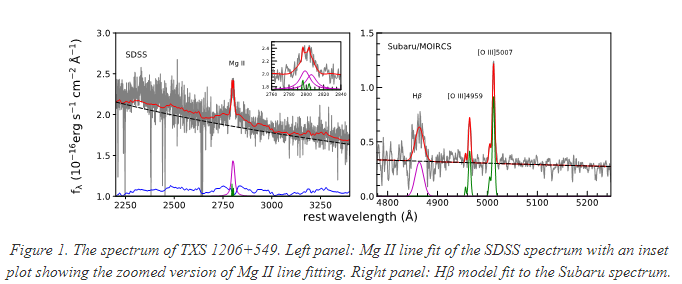Astronomers from ARIES (Aryabhatta Research Institute of Observational Sciences) and international collaborators have identified the farthest gamma-ray emitting galaxy ever detected — a rare Narrow-Line Seyfert 1 (NLS1) galaxy located about 31 billion light-years away.
This discovery, published in the Monthly Notices of the Royal Astronomical Society, challenges existing theories of how relativistic jets form in galaxies. Typically, such jets are produced by massive black holes in giant elliptical galaxies. However, NLS1 galaxies are powered by smaller black holes and hosted in spiral galaxies, making gamma-ray emission from them highly unusual.
The team analyzed 25,000 luminous Active Galactic Nuclei (AGN) from the Sloan Digital Sky Survey (SDSS), using spectral emission lines to identify the high-redshift NLS1. Observations were conducted with the 8.2m Subaru Telescope in Hawaii, confirming the galaxy formed when the Universe was only 4.7 billion years old, compared to its current age of 13.8 billion years.
Dr. Suvendu Rakshit, lead scientist at ARIES, and collaborators from Japan, USA, Finland, South Korea, and India plan to leverage the TIFR-ARIES Near-Infrared Spectrometer on the 3.6m Devasthal Optical Telescope to discover more high-redshift gamma-ray emitting NLS1 galaxies, opening a new window into the early Universe.

